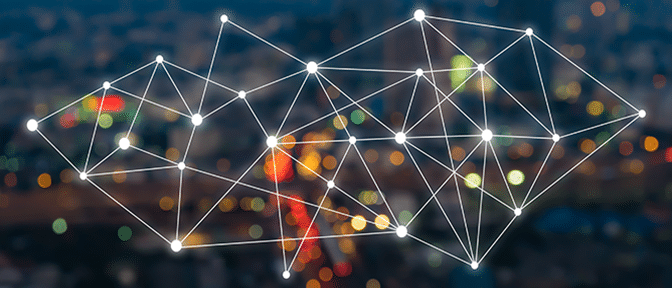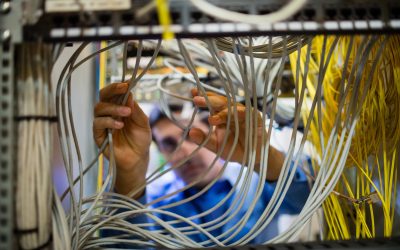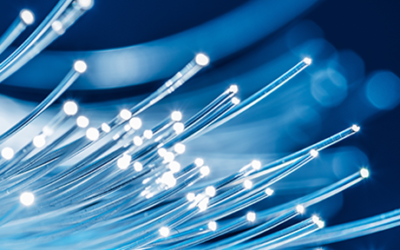Learning What’s Behind The Network

Tags: news
Smart Devices, eReaders and the latest iPhone/Pad/Pod have been the top ‘gadgets’ for several years. Since we have all proven as users that we take our latest gadgets on the go, it’s a safe bet that we won’t want to leave them at home before heading into the office. This means that networks need to be prepared for the influx of new devices being brought into the work environment, as well as the complexities inherent in their use, ranging from bandwidth and security concerns to productivity issues.
Rather than viewing these devices as a big burden, we have to embrace these technologies and find the best way to manage them in the context of more traditional network activity.
I think there is no doubt that the decades old science fiction vision of “intelligent things” is coming to fruition. Within the next few years, literally billions of Internet-enabled microprocessors will provide digital intelligence and connectivity for almost every product and appliance, extending the Internet into most aspects of our lives. However interestingly it is probably not consumers or end-users that have the most to gain from device networking — it’s manufacturers and service providers.
What has already become commonplace with connected computers will soon emerge as an important service extension for most products and equipment. Everything will be networked, not just as a sellable “feature”, but as an important part of the device’s operation. Imagine networked devices that are self-sensing, self-controlling, and self-optimizing automatically, without human intervention. This represents new applications for networks and their associated infrastructures.
So what does this mean for network infrastructure? With words like ‘everywhere’ and ‘exponential’ characterizing the future of technology, it is difficult to see how it could mean anything but more in so many ways! The challenge for network owners, IT managers, property developers, and wired or wireless network planners is to ensure that this network revolution sits on a flexible and evolving infrastructure that is “futureready and pervasive” —that is, available when it needs to be, and user friendly all the time.
Want to learn more about Fiber Optic and Wireless infrastructure, take a look at the training available.

Written by James Donovan
You might also enjoy
FO Connector Contamination – A Constant Threat
Fiber optic communication most commonly works in duplex or multifiber transmission by transmitting light to a receiver in one direction on a fiber and receiving transmitted light back to a second receiver on the second fiber. Most engineers can understand that and...
Why Inspect and Clean Fiber Optic Connectors?
Inspecting and cleaning of fiber optic connectors during installation and when making any patching, is essential. Any contamination on a patch cord connector will be transferred through the coupler to the connector it is mated to. Even when testing fibers with a test...
Cleaning MPOs
MPO connectors should always be inspected with a scope before they are used, be that on a patch cord or a bulkhead. If they need to be cleaned, one-click cleaners are keyed to ensure the tip only fits one way onto the connectors and is able to clean both male and...


